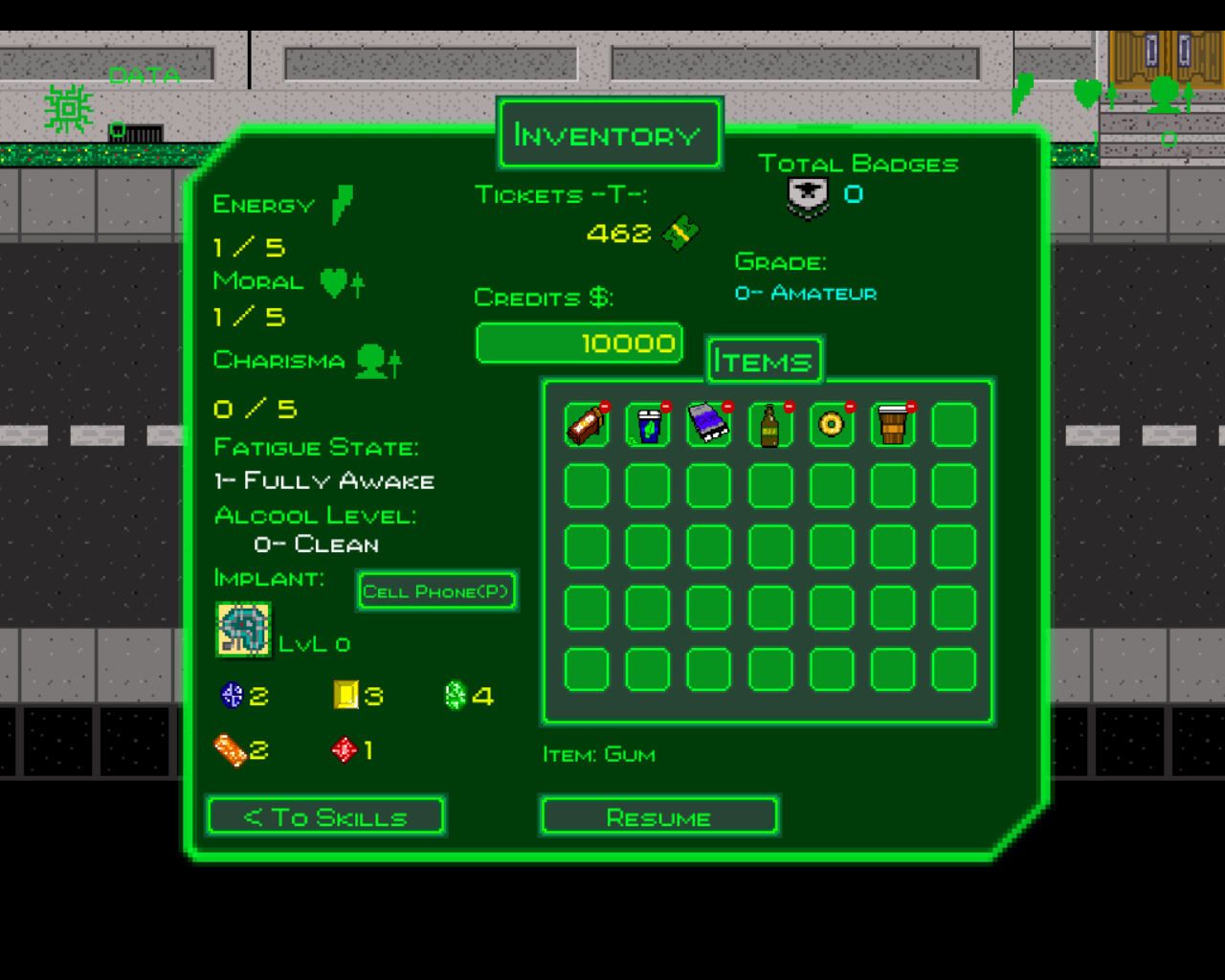

You can select any tile to highlight its relationships with other assets in the diagram. Users, Software and Groups are not supported by the current version of Diagrams. In virtual environment diagrams, some asset properties are displayed as logical groups or logical assets to simplify the reading of the diagram. You can control the display of locations on your diagram in the Settings menu of the diagram.Īsset properties as logical groups (Virtual environment diagrams only) Assets associated with a location can be updated by editing their relationships on the asset pages. This is not an IP location or Location metadata you might use for your assets. Locations represent the Location asset type which you can find in your inventory. If used in your inventory, locations are represented as groups containing their associated assets. Once a relationship has been manually added to an orphan asset, it will be removed from the list and included in the diagram. The list of orphan assets can be found in the Orphan assets list in the Diagram viewer. When an asset has no direct relationship with another asset, it is categorized as an orphan asset. You can control which types of links are displayed on your diagrams by configuring the diagram’s settings. The relation type can be seen by hovering over the icon. WMI-based and manually created links use their corresponding icons to display the relationship type. When selecting an asset, its direct relationships are displayed in solid orange links to help interpret the information. SNMP and WMI-based relations are discovered automatically based on inventory and scanning data. Three types of relationships are displayed on diagrams: SNMP-based relations (displayed as blue links), WMI-based relations (displayed as grey links), and manually created relations (displayed as grey links). They illustrate virtual components such as hypervisors and virtual machines. This template is a visual arrangement focusing on the virtual resources available in your inventory. They also show how network components relate to and interact with each other. Network diagrams illustrate the components of a computer or telecommunications network, including firewalls, devices, and routers. This template is a visual arrangement of the various elements of a communication network, such as in a network diagram.

Lansweeper offers several diagram templates, each with its own characteristics. Diagram templatesĪ diagram template combines a specific layout, forced filters, and specific parameters. The status of the installation allows you to quickly determine if you’re required to take any actions. If an installation has sync issues, the corresponding diagram may not be up to date. Diagrams are generated live from data provided by your inventory.


 0 kommentar(er)
0 kommentar(er)
